19 Oct 2025 | 9:00 AM - 10:00 AM
CME & Professional Development
HLTH 2025
HLTH (pronounced “health”) is the leading platform bringing together the entire health ecosystem, focused on health innovation and transformation. From unparalleled events with industry-leading speakers to inspirational digital content and mission-driven initiatives, HLTH creates a unique marketplace for the health community leading the dialogue and development of a better health ecosystem. Our mission is to gather the health community in curated, purposeful engagements that accelerate healthcare innovation.
19 Oct 2025 | 9:00 AM - 10:30 AM
Partner ProgramsCTRL + ALT + CARE: Delivering Health That Works — Trusted, Proven, Connected
19 Oct 2025 | 9:00 AM - 11:00 AM
Partner ProgramsGlobal Health Connector – Joining Dots, Transforming Lives!
19 Oct 2025 | 10:00 AM - 10:40 AM
VBC InsightsAffordability Isn’t an Option—It’s the Key to Survival!
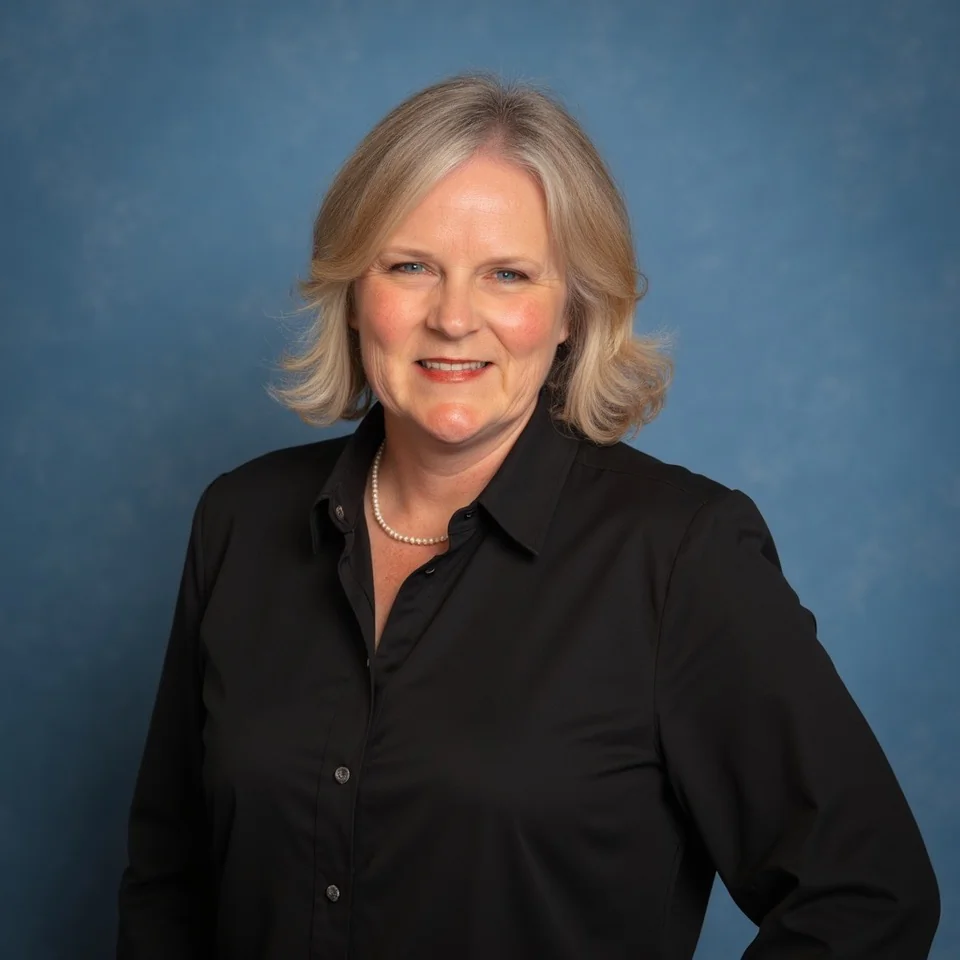

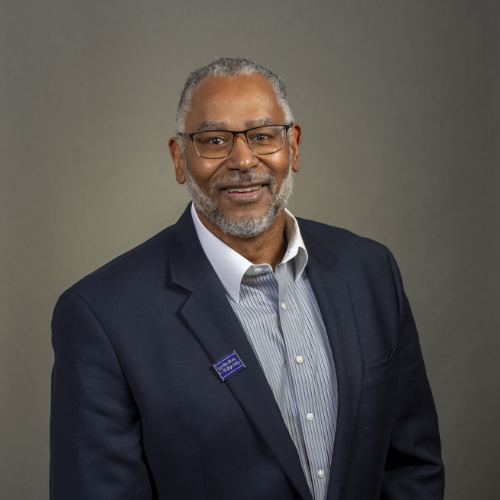
Lori Logan, Lori Aronson, Darren E. Wethers
19 Oct 2025 | 10:00 AM - 10:40 AM
Pharma InsightsThe Bigger Picture: Scaling Personalized Medicine for All
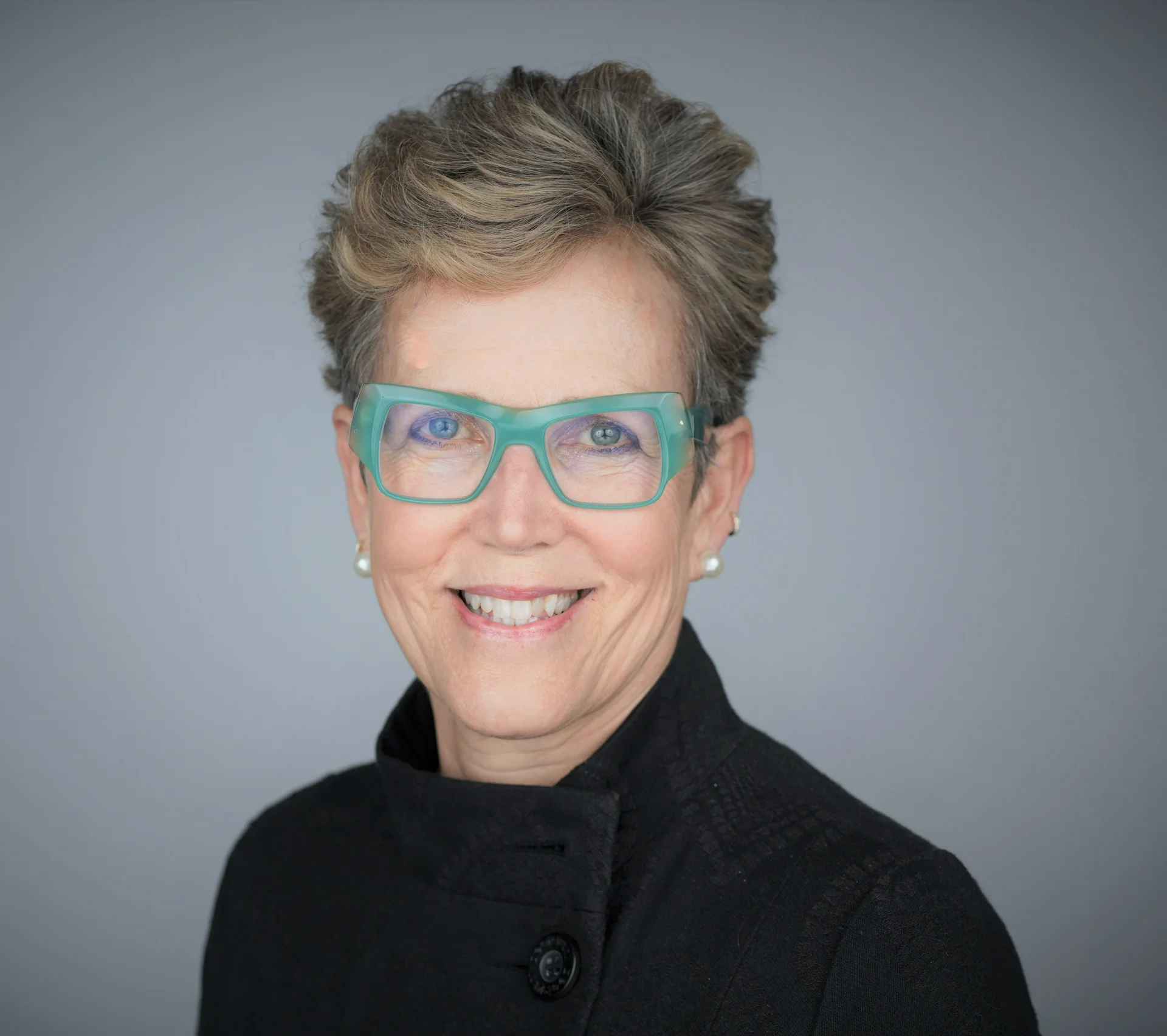



Margaret Anderson, Nwando Anyaoku, Justin Brueck, Patrick Schinzel
19 Oct 2025 | 10:30 AM - 12:00 PM
Partner ProgramsKLAS Bridging the Divide: Payer Intelligence and Collaborations that Speed Care
19 Oct 2025 | 10:45 AM - 11:25 AM
Pharma InsightsThe Hinge Moment: Artificial Intelligence, Human Data, and Drug Development in the 21st Century

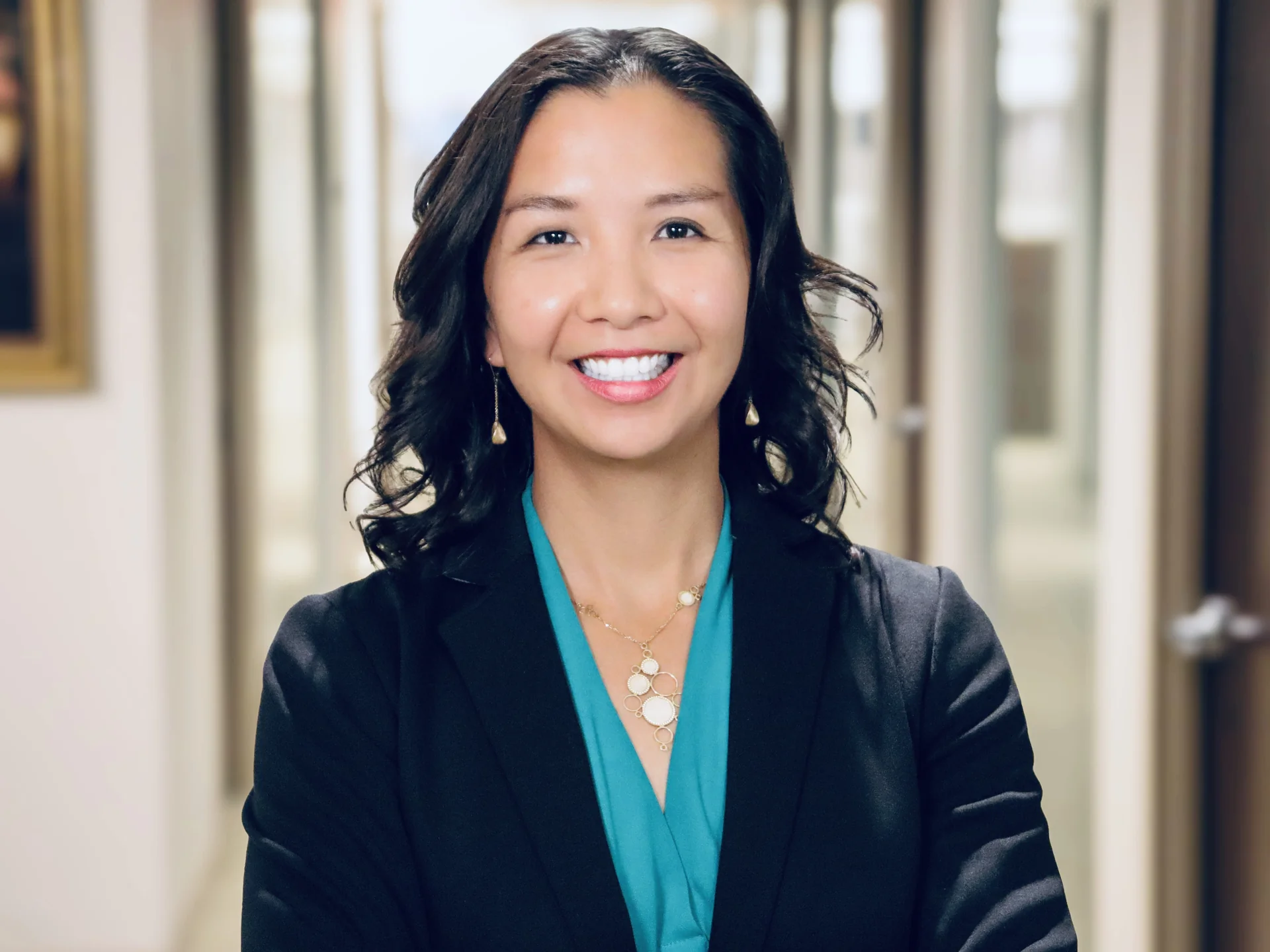

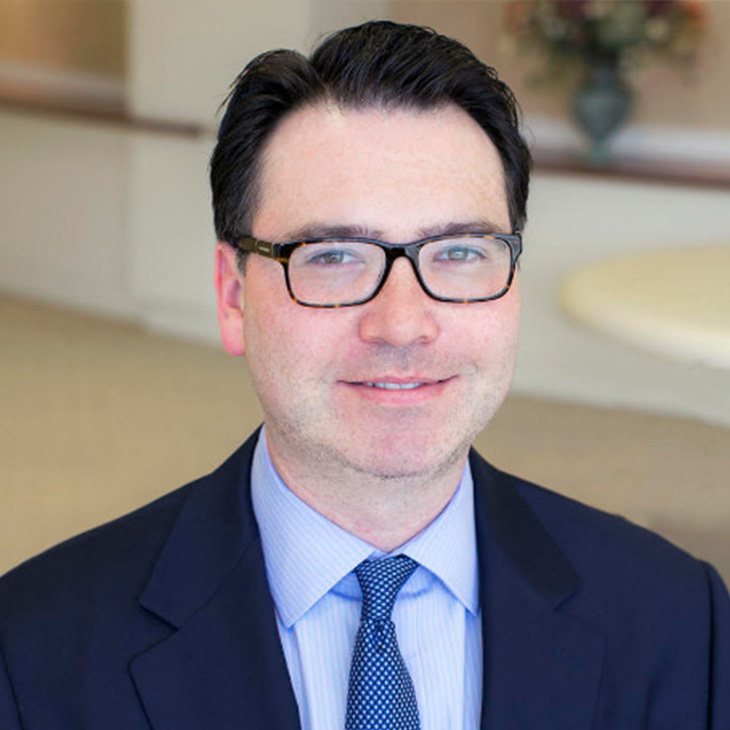
Milad Alucozai, Alicia Zhou, Janet Jin, Tom Cassels
19 Oct 2025 | 10:45 AM - 11:25 AM
VBC InsightsSeamless Operations = Better Patient Experience
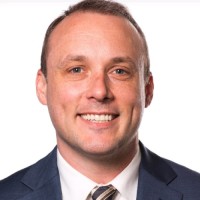



Patrick Kokoruda, Vivian Cheung, Pranay Gupta, Adrin Mammen
19 Oct 2025 | 11:00 AM - 12:00 PM
Partner ProgramsClinicians @ HLTH Series: Primary Care Reimagined: Powering the Future of Health
19 Oct 2025 | 11:00 AM - 12:15 PM
Partner ProgramsTransformation at the UK's National Health Service
19 Oct 2025 | 11:30 AM - 12:10 PM
Pharma InsightsFrom Research to Reality: Innovations Revolutionizing Oncology


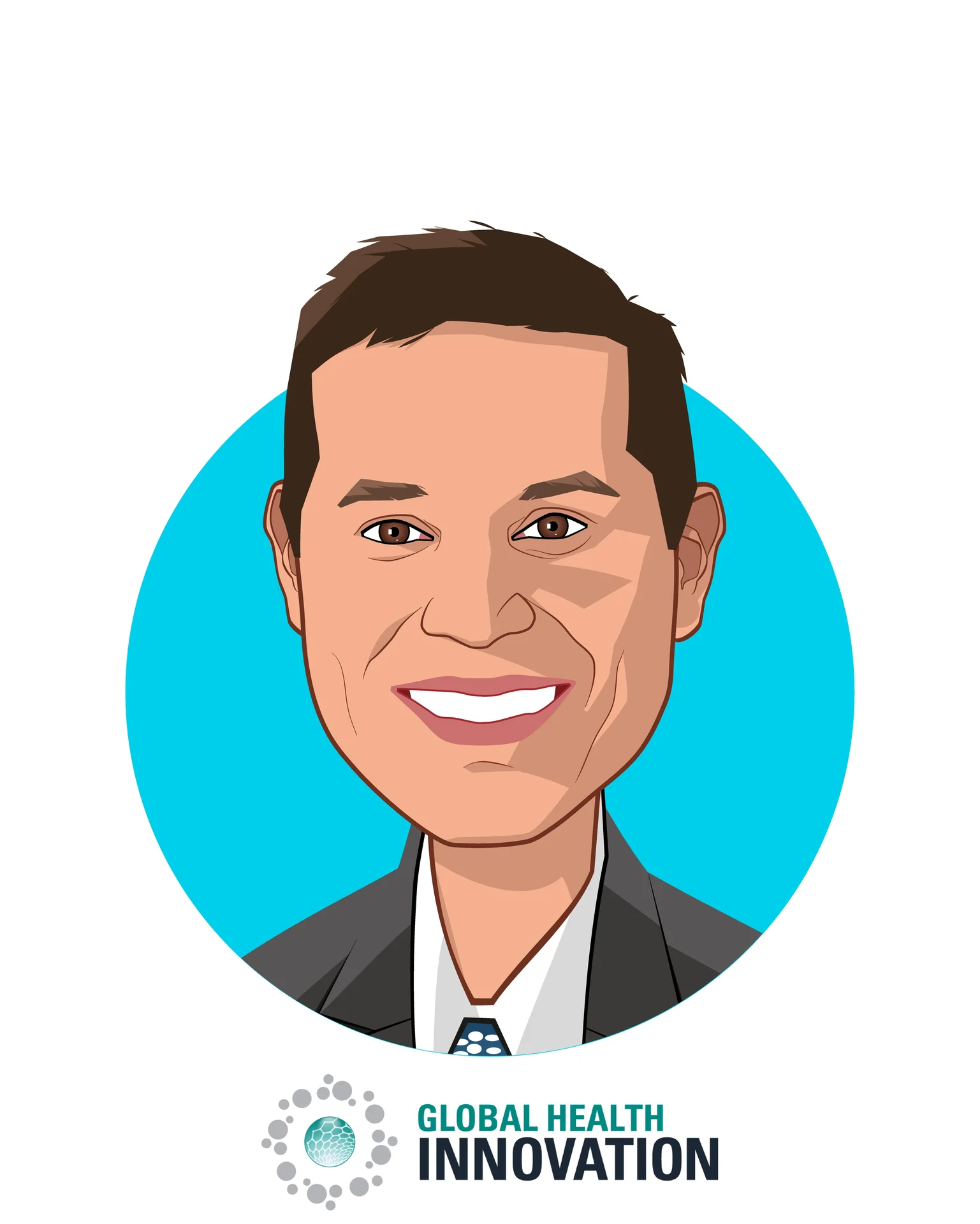

Prajnan Das, Feyi Ayodele, Joel Krikston, Ajay Gannerkote
19 Oct 2025 | 11:30 AM - 12:10 PM
VBC InsightsRedefining Value Through Clinician-Led Care Models



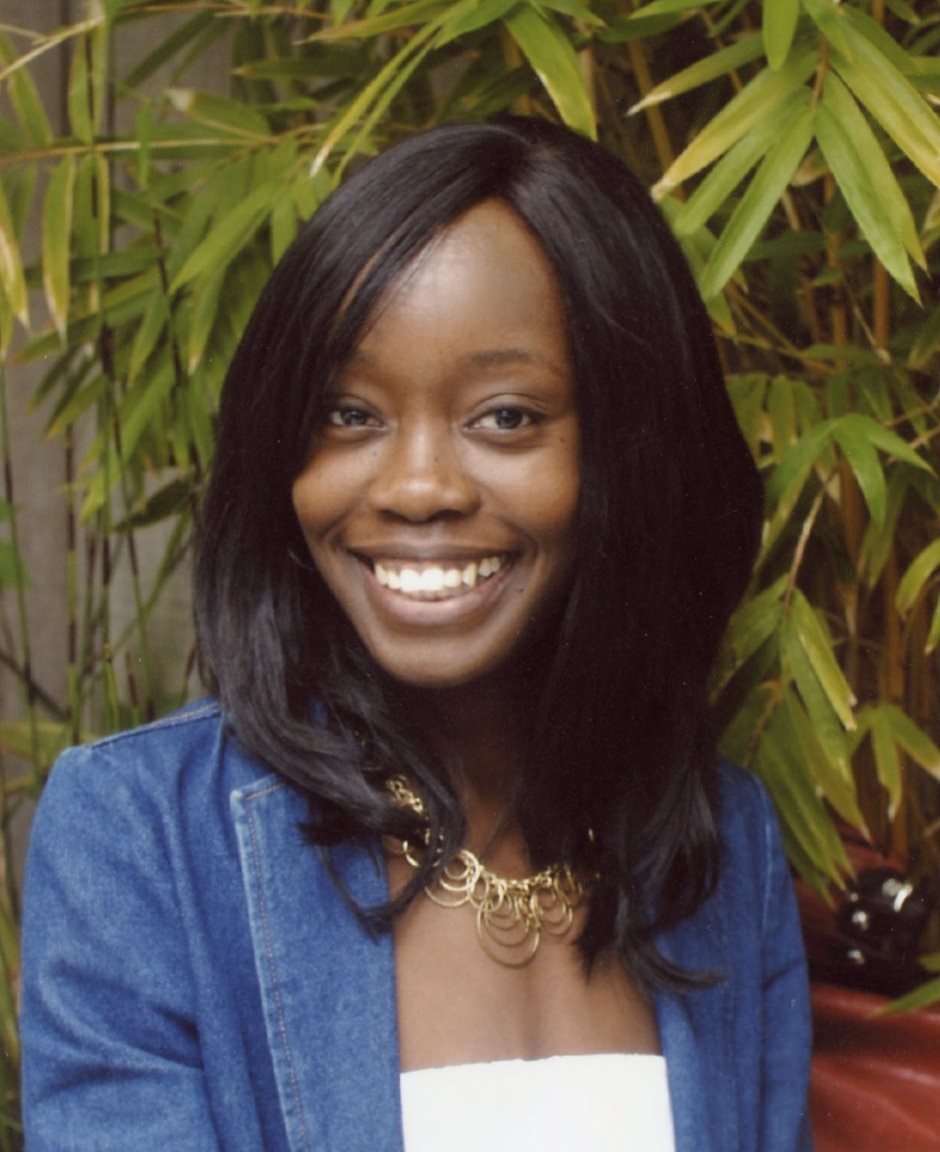
Chris DeRienzo, Theo Koury, Andrew Albano, Shika Pappoe
19 Oct 2025 | 12:15 PM - 12:35 PM
Pharma InsightsThe Future of Direct-to-Patient Success: Lessons Learned From Pioneers


Deepak Thomas, Cindy Eckert
19 Oct 2025 | 12:15 PM - 1:00 PM
Partner ProgramsKoalas, Kangaroos & Connected Health: Why Australian Innovation Should Be On Your Radar
19 Oct 2025 | 12:30 PM - 1:10 PM
Ethos StageThe Weight on Her Shoulders: Women’s Mental Health



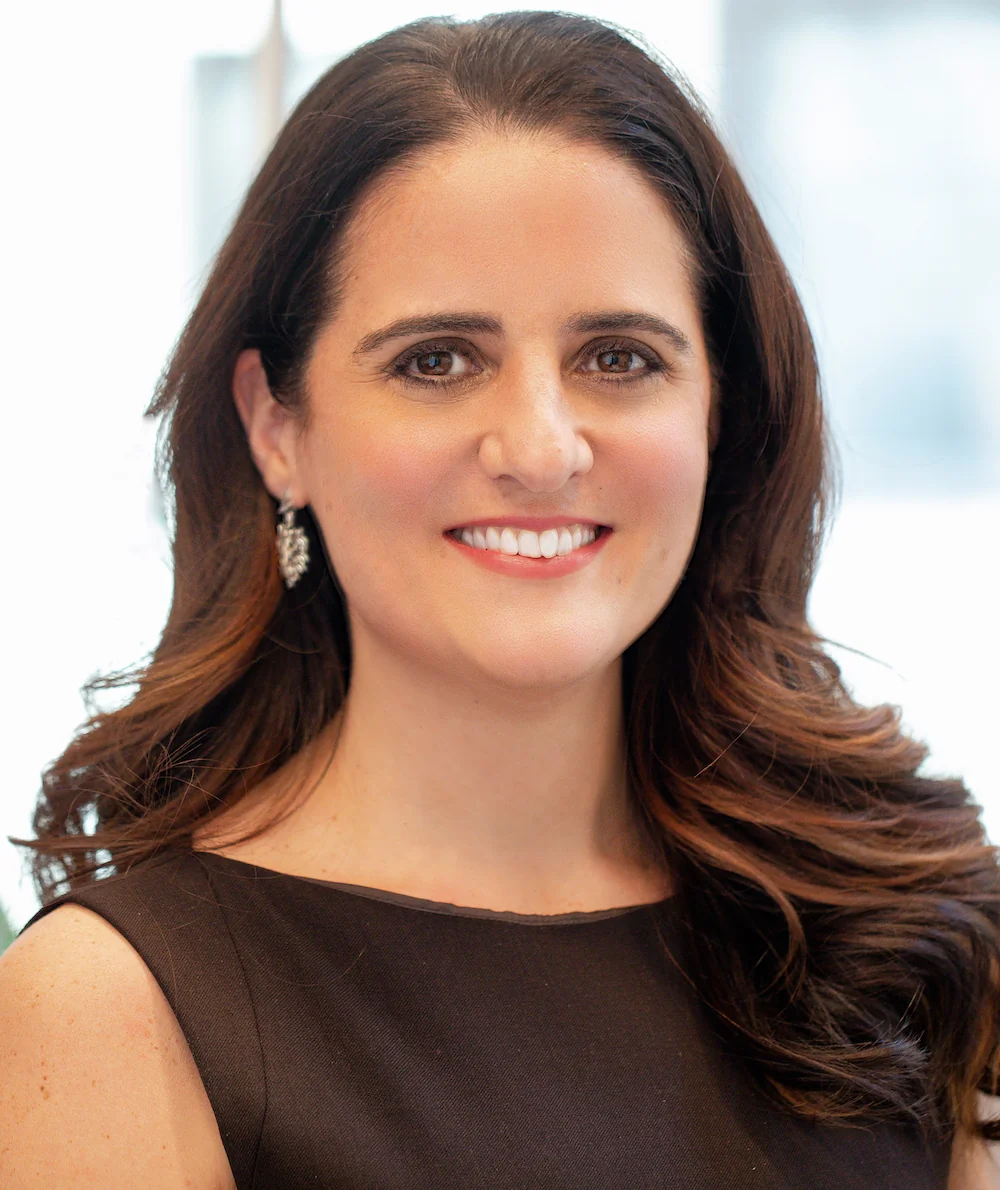

Akiera Gilbert, Judith Joseph, Tesiah Coleman, Georgia Gaveras, Alethea Varra
19 Oct 2025 | 12:30 PM - 1:10 PM
Logos StageCaregiver Tech Support
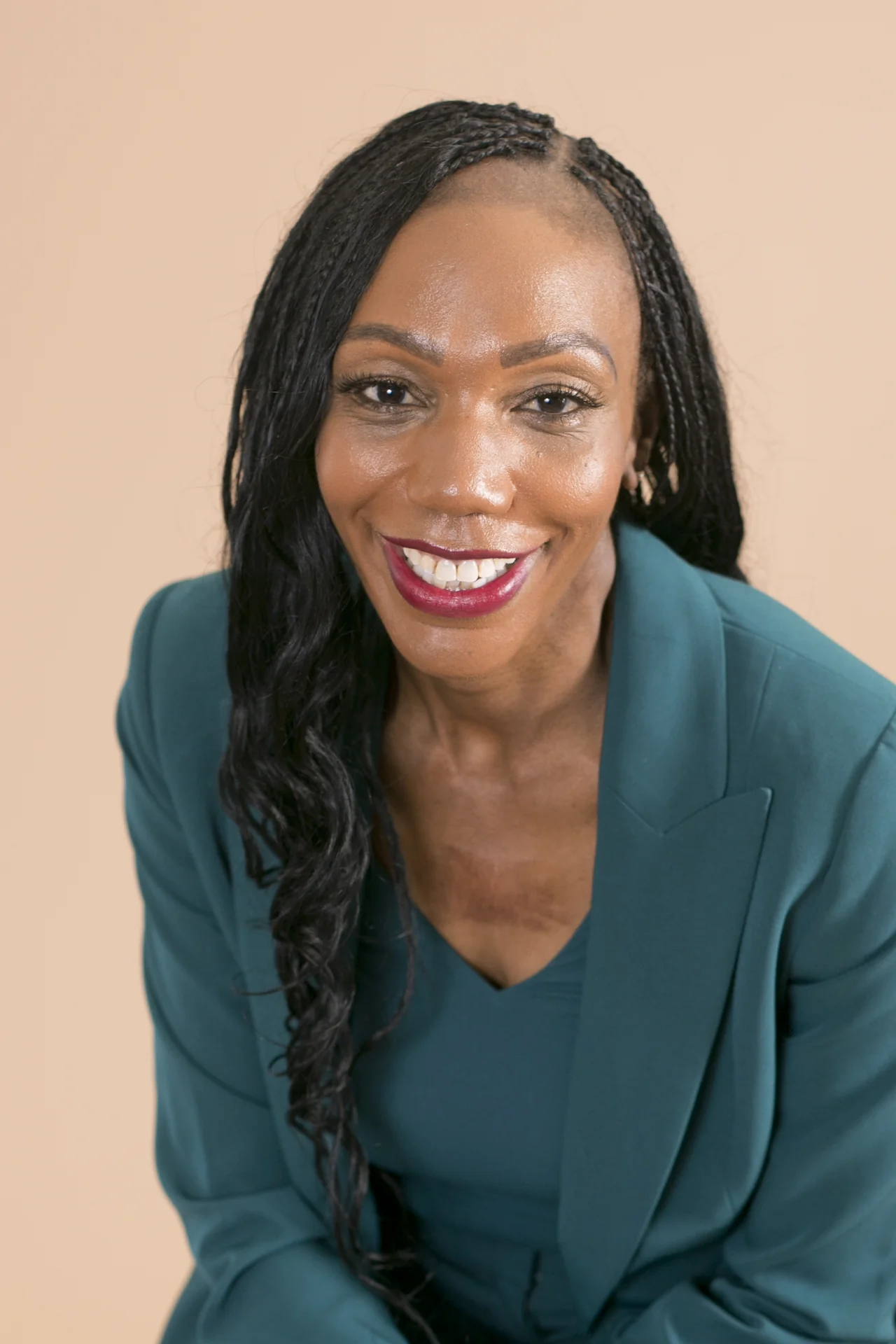
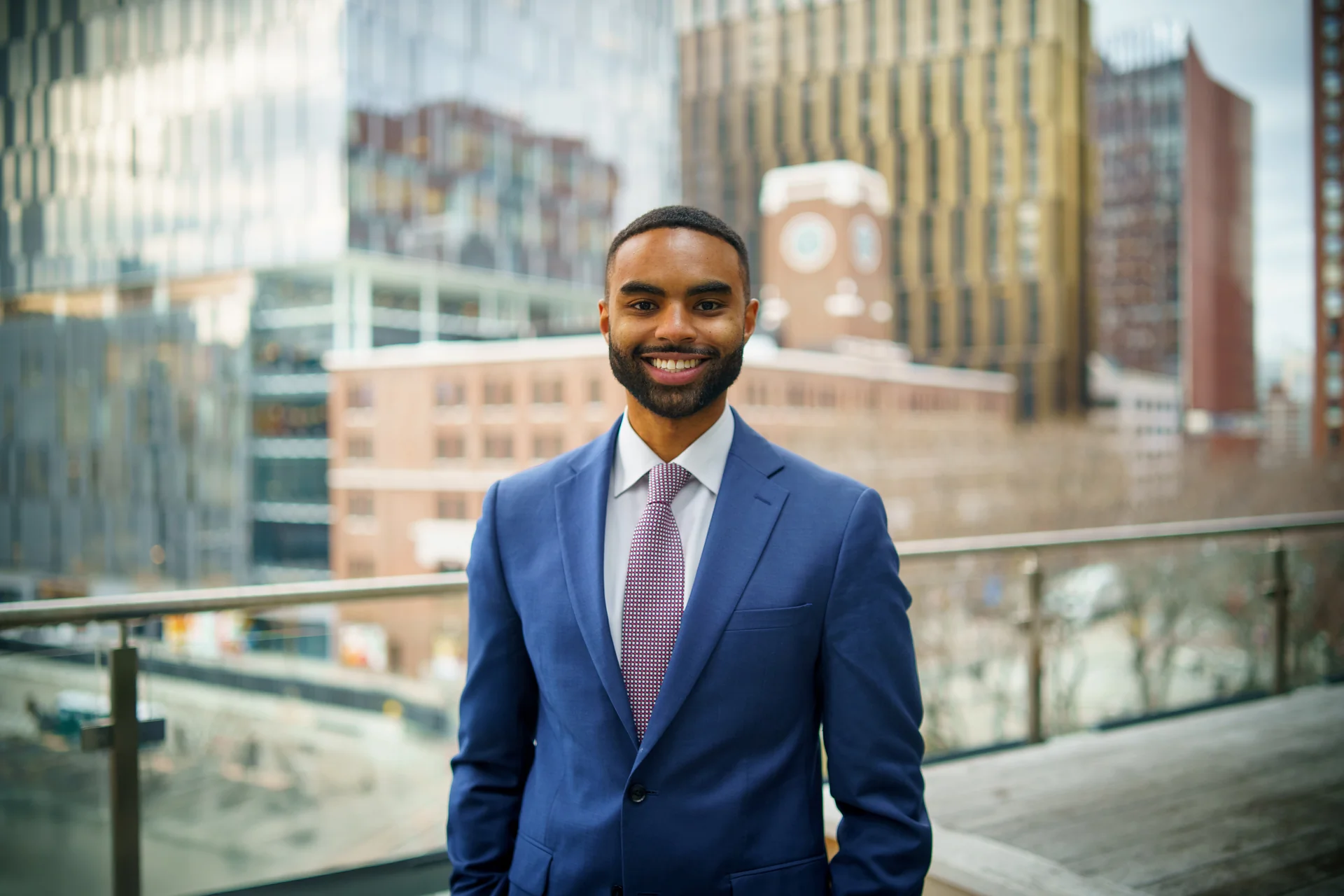



Bayo Curry-Winchell, Evan Jackson, Havi Nguyen, Shara Cohen, Tatyana Zlotsky
19 Oct 2025 | 12:30 PM - 1:10 PM
Eros StageLongevity Wonder Drugs




David Barzilai MD PhD MBA MS DipABLM, Kim Boyd, Patrick Carroll, Leana Wen
19 Oct 2025 | 1:00 PM - 1:40 PM
Payer & Provider InsightsPrioritizing AI investments: Balancing Cost, Impact, and Innovation

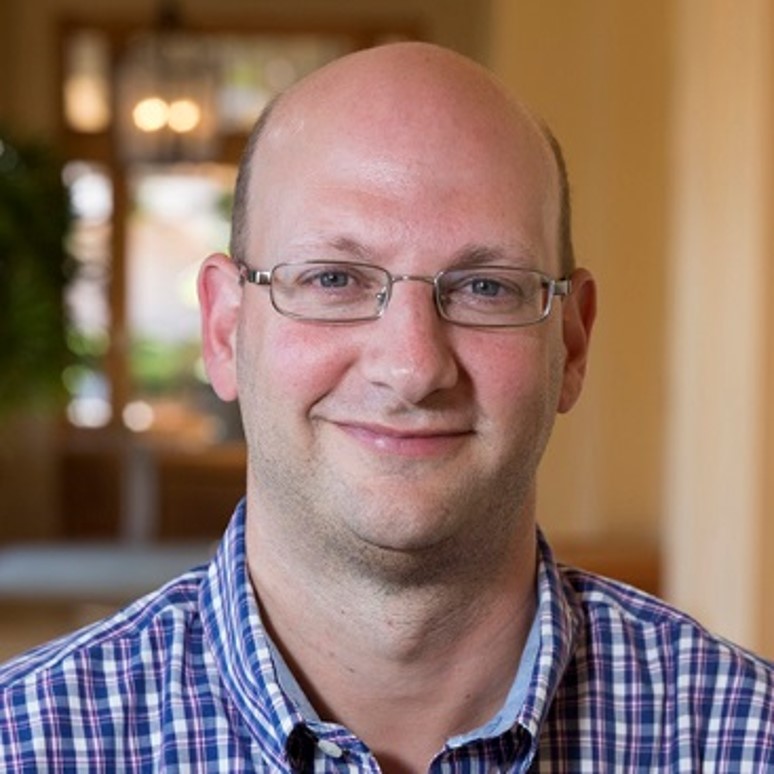
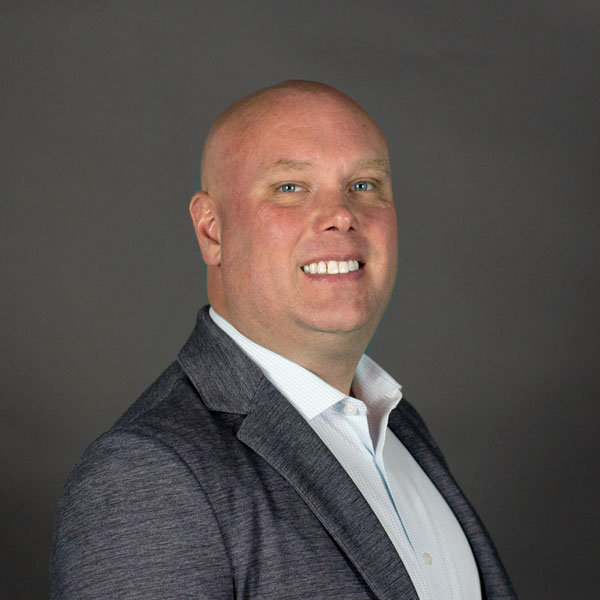
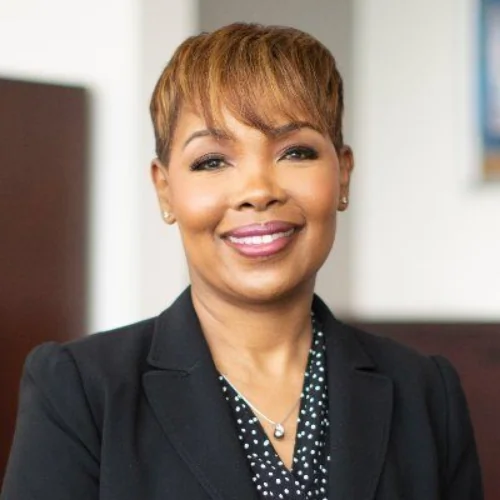
Stacy Lloyd, Adam Siskind, Benjamin Cassity, Andrea Willis
19 Oct 2025 | 1:00 PM - 3:00 PM
Partner ProgramsFrom Access to Innovation: The Future of Primary Care in Community Health Centers
19 Oct 2025 | 1:20 PM - 2:00 PM
Eros StageBuy Now, Weigh Less Later
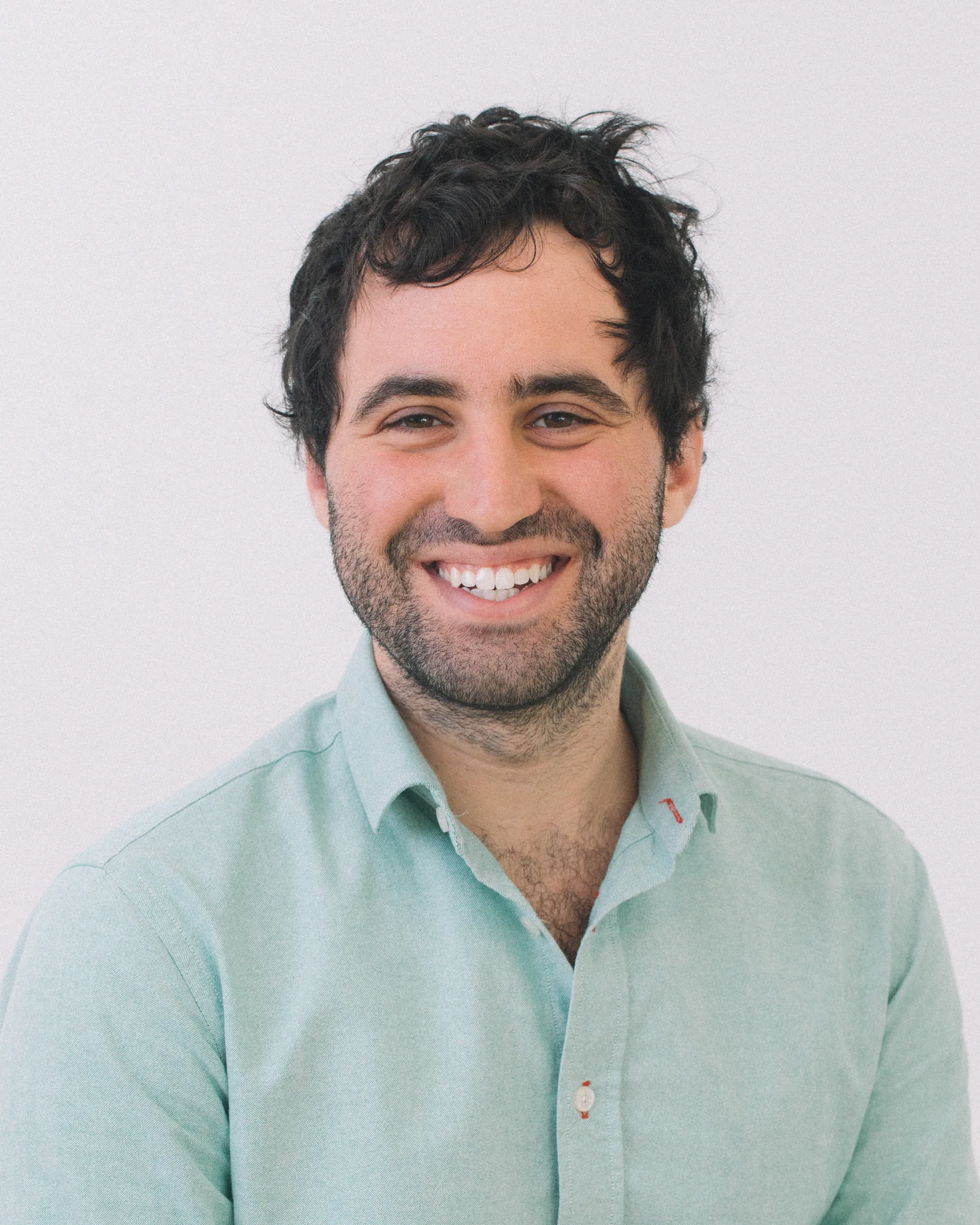


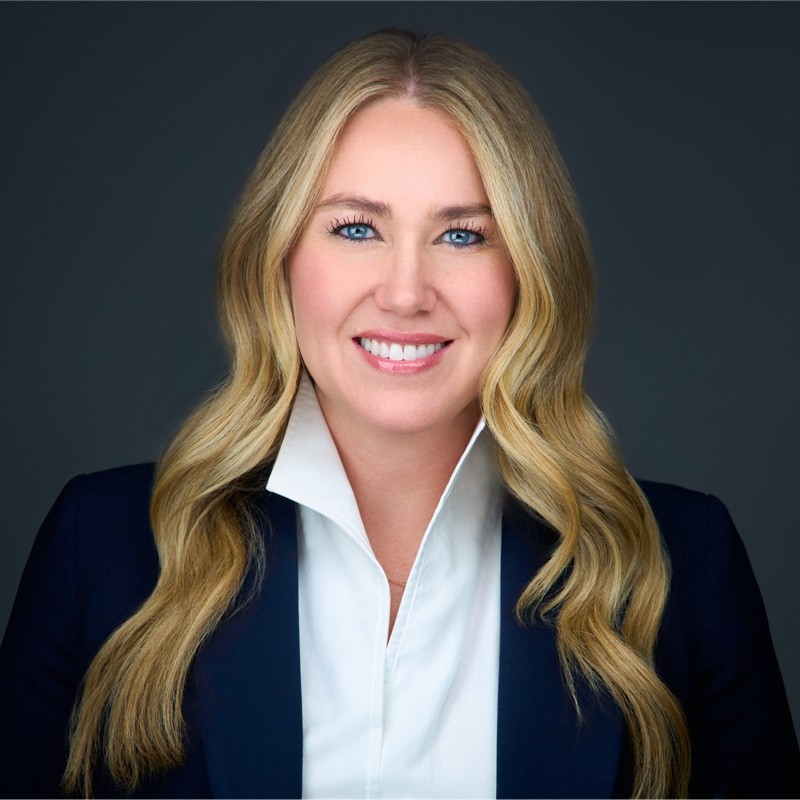

Demetri Karagas, Anand Iyer, Madison Muller, Bethanie Stein, Laura Jensen
19 Oct 2025 | 1:20 PM - 2:00 PM
Ethos StageWomen are not Octopuses



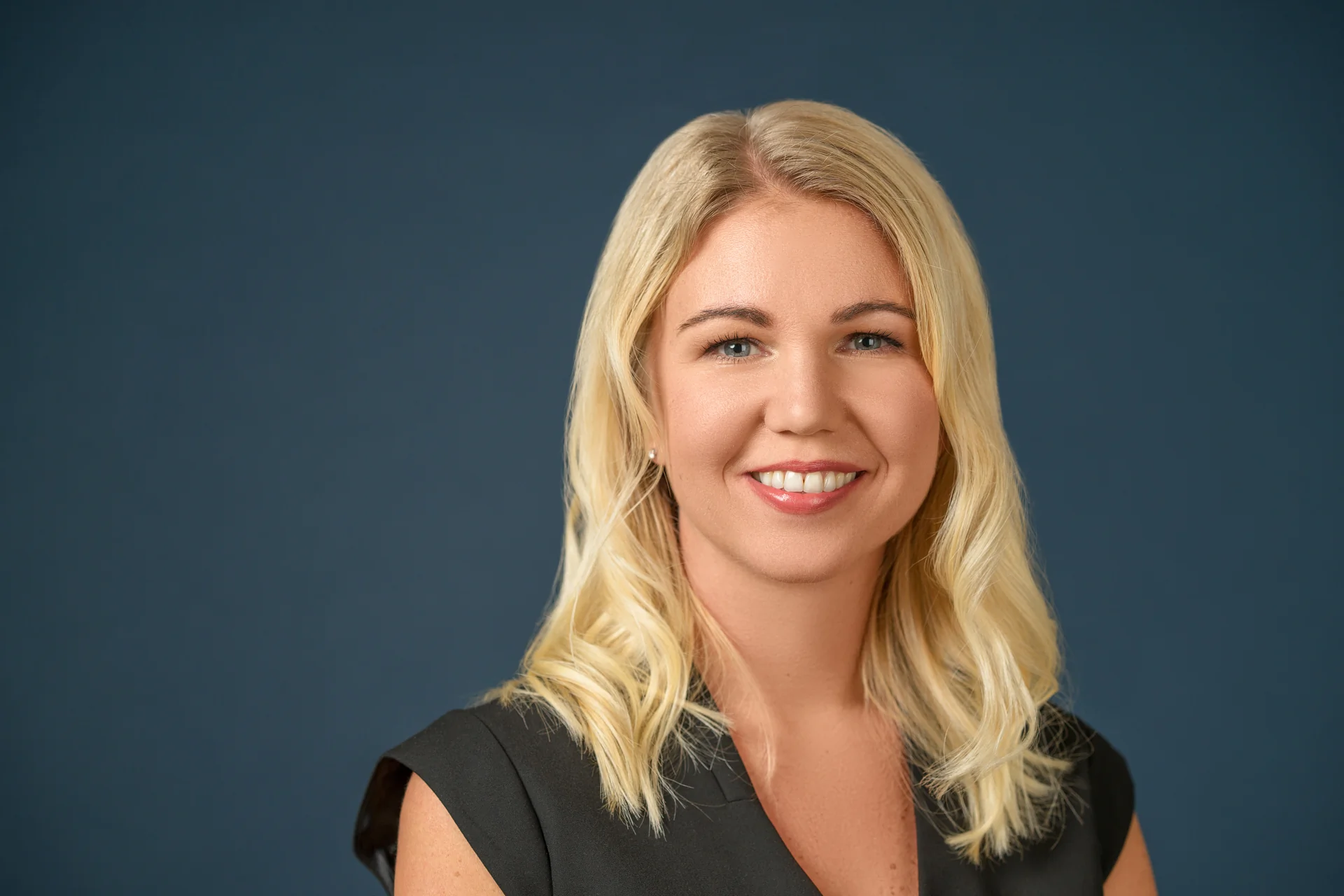
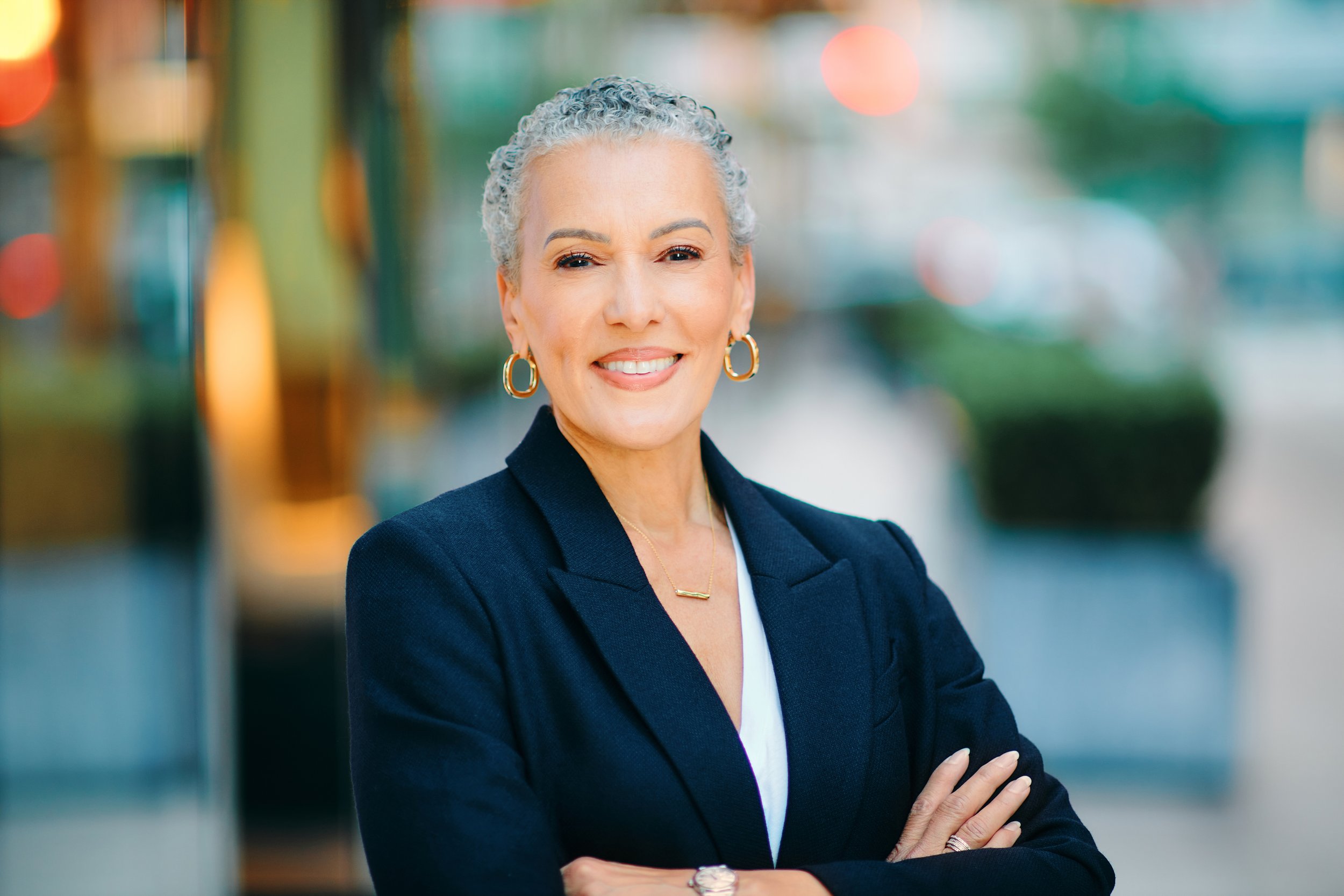
Sarah de la Torre, Lara Zibners, Sharon Kedar, Elina Berglund Scherwitzl, Sharon Malone
19 Oct 2025 | 1:20 PM - 2:00 PM
Logos StageThe Golden Wave


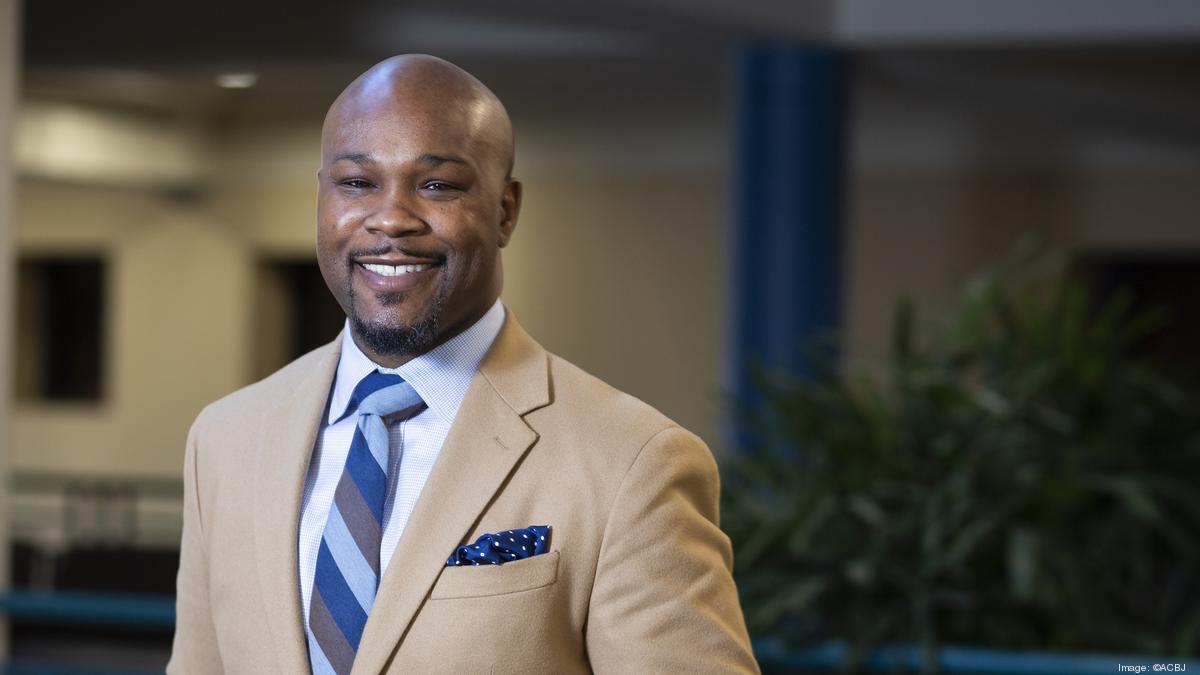

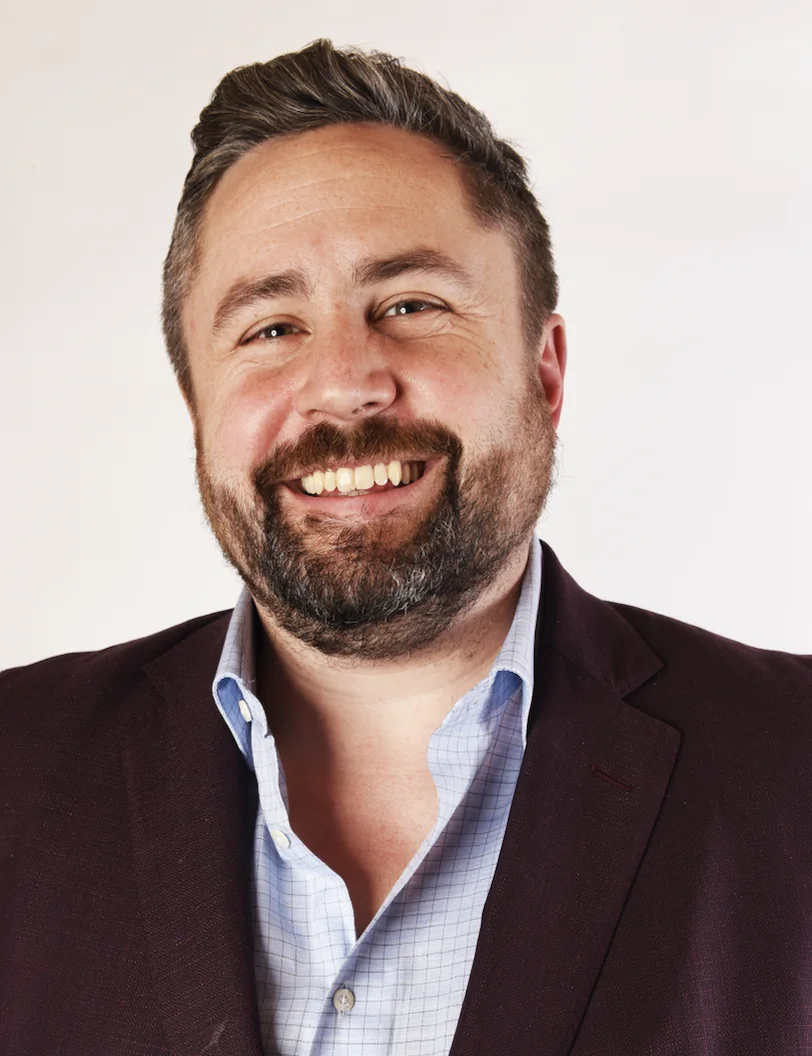
Maria Ansari, Tracy Saula, Jeron Ravin, Lauren Dunning, Brigham Hyde
19 Oct 2025 | 1:30 PM - 4:30 PM
Partner ProgramsThe Latin America Innovation Summit
19 Oct 2025 | 1:45 PM - 2:25 PM
Payer & Provider InsightsBetter Data, Better Care: Enhancing Quality and Usability of Patient Data




Viet Nguyen, Lauren Riplinger, Colin Hung, Charlie Harp
19 Oct 2025 | 2:00 PM - 2:40 PM
Nurse & Clinician InsightsLess Clicking, More Caring: Ambient AI and the New Era of Documentation




Anika Gardenhire, Vincent Liu, Lavonia Thomas, Rosa Hart
19 Oct 2025 | 2:10 PM - 2:50 PM
Ethos StageWomen Have Heart
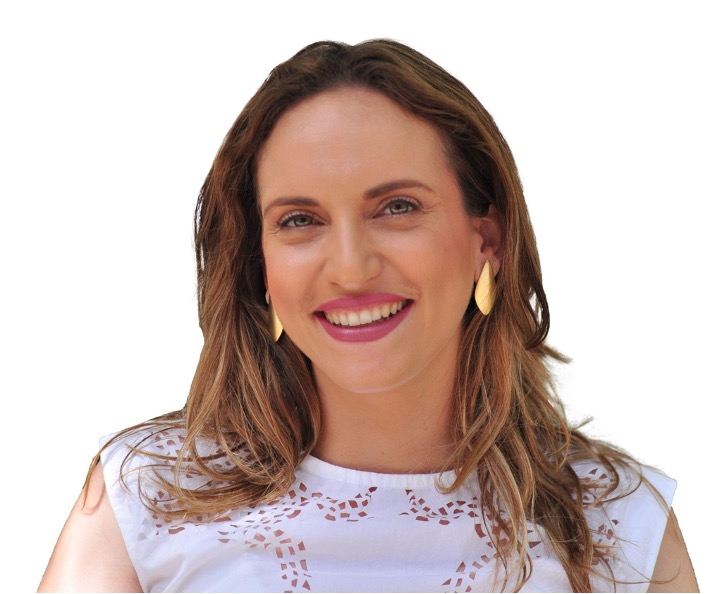




Maayan Cohen, Chevon Rariy, Ami Bhatt, Nina Goodheart, Colleen Foster
19 Oct 2025 | 2:10 PM - 2:50 PM
Eros StageGLP-1 Commitment Issues
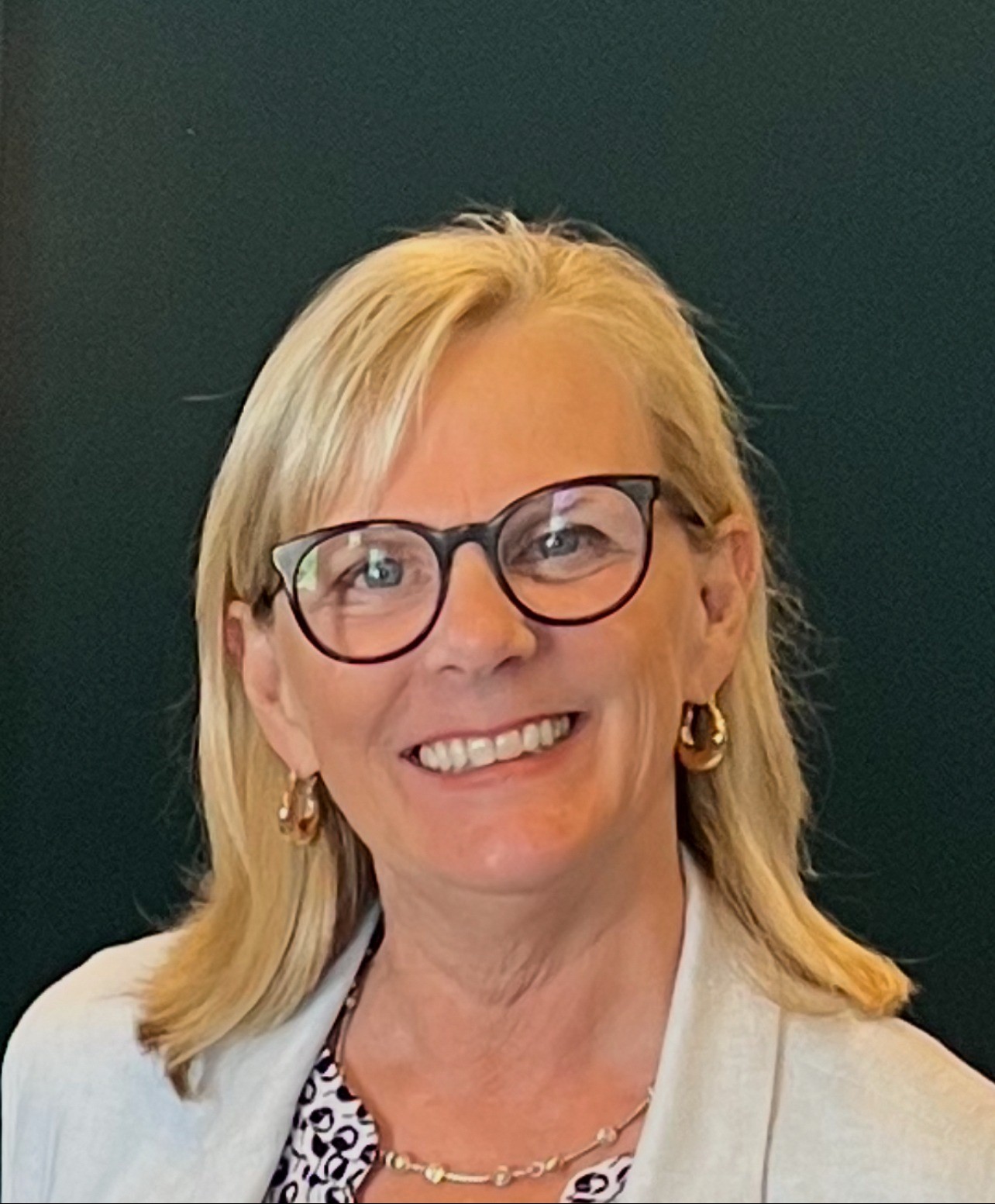
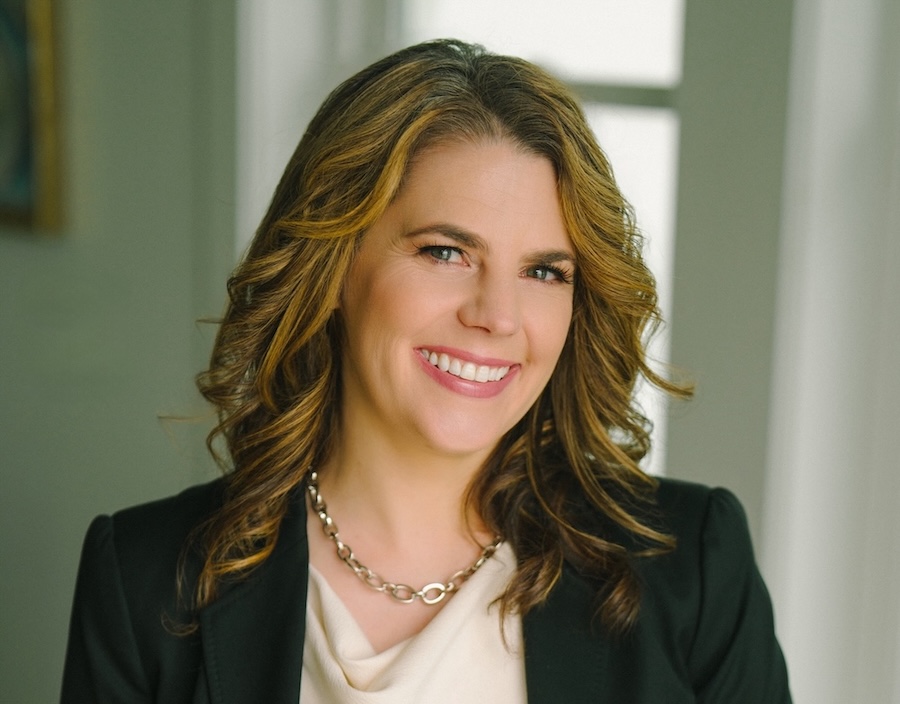

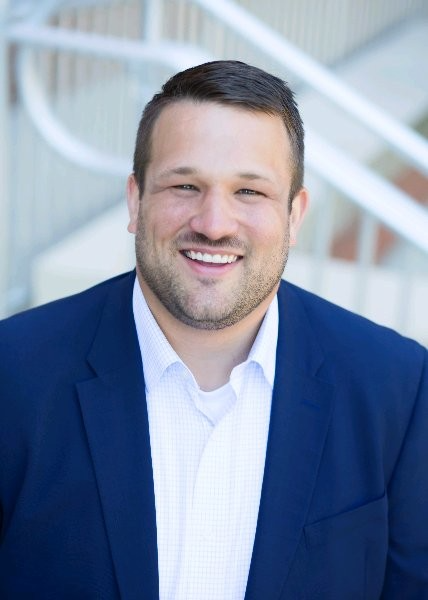

Christina Valentine, Amy Bucher, Maya Goldman, Cody Fair, Antoine Pivron
19 Oct 2025 | 2:10 PM - 2:50 PM
Logos StageAuthentic Connections, Artificial World
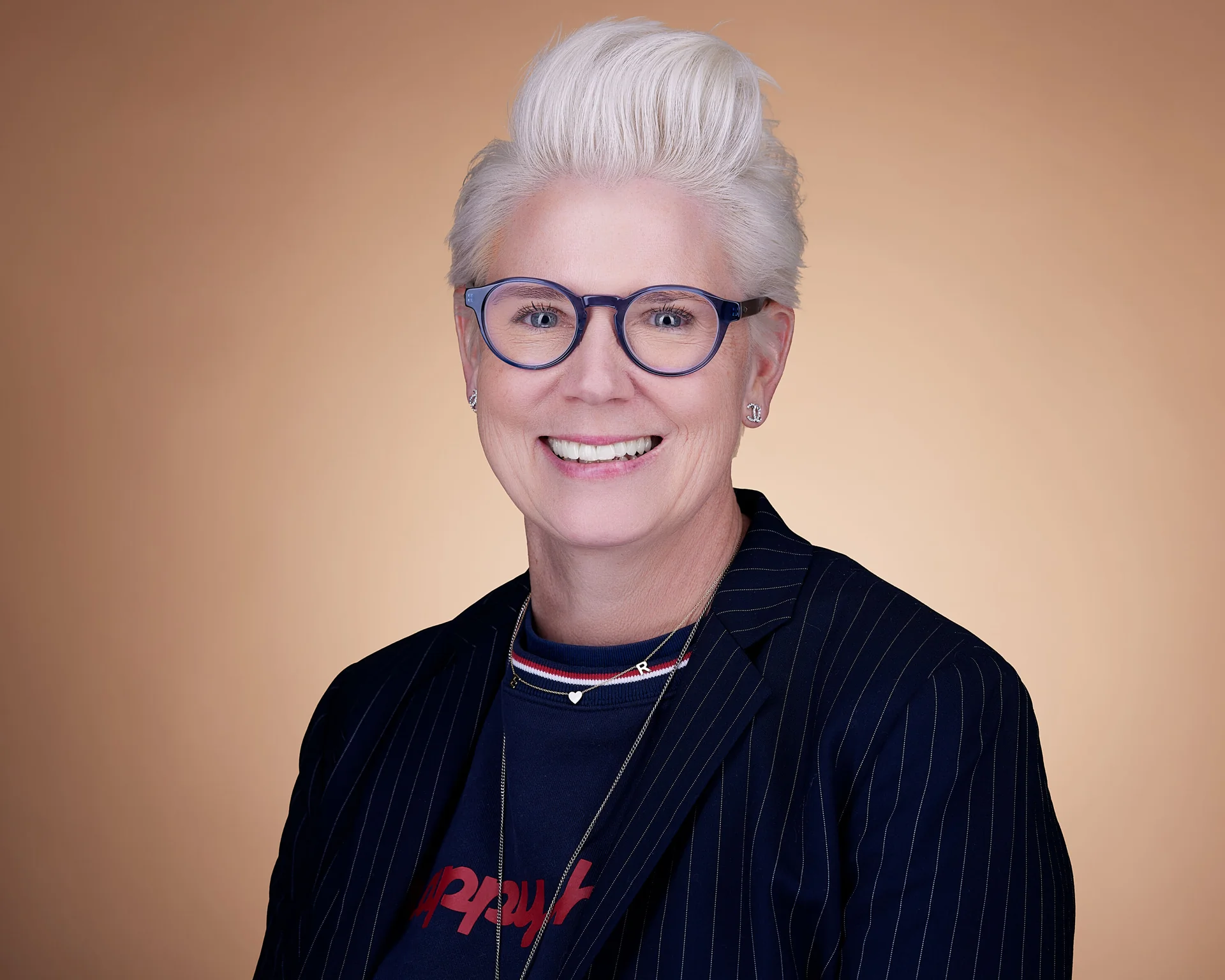




Cindy Jordan, David Finkelstein, Lucy Rose, Neelam Brar, Andy Miller
19 Oct 2025 | 2:30 PM - 3:10 PM
Payer & Provider InsightsFrom Gray Areas to Red Flags: Hot Topics in Fraud & Abuse

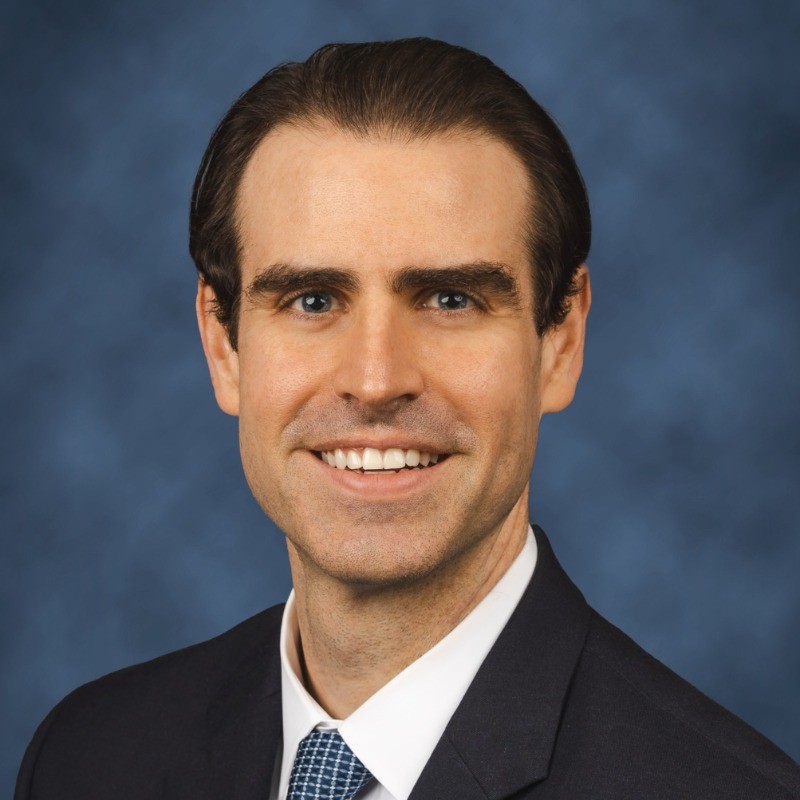


Richard Golfin III, Raul Ordonez, Scot Hasselman, Randi Seigel
19 Oct 2025 | 2:45 PM - 3:25 PM
Nurse & Clinician InsightsThoughtful Change Management: The Catalyst for Tech-Enabled Nursing Practices




Monaliza Gaw, Tracy Breece, Margo Minissian, Dr. Jennifer Shepherd
19 Oct 2025 | 2:55 PM - 3:35 PM
Eros StageAll Things Coming up GLP-1s


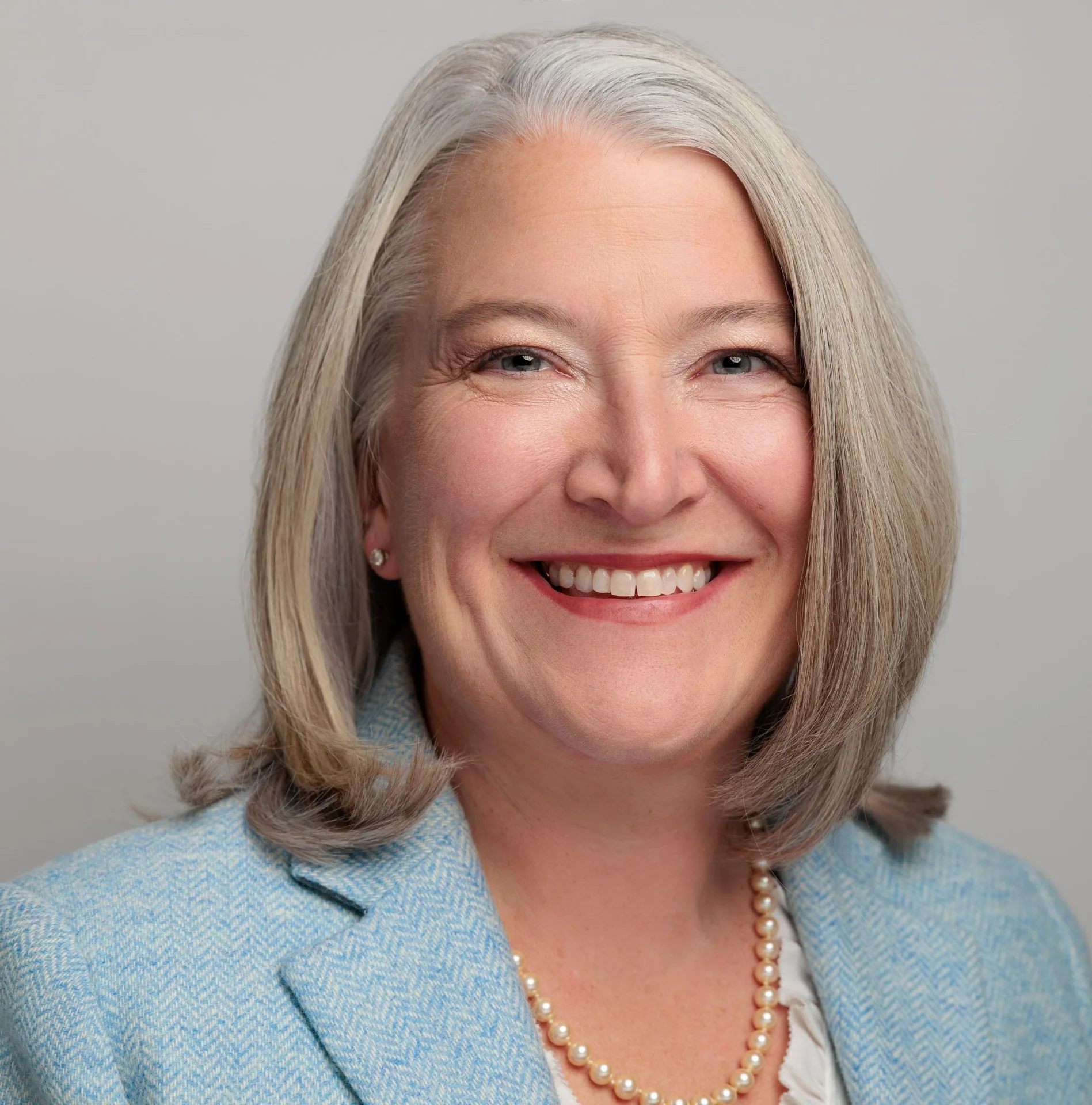


Rachel (Rae) Woods, Spencer Nadolsky, Angela Fitch, Nathan Wood, Florencia Halperin
19 Oct 2025 | 2:55 PM - 3:35 PM
Ethos StageCare Beyond the Stirrups
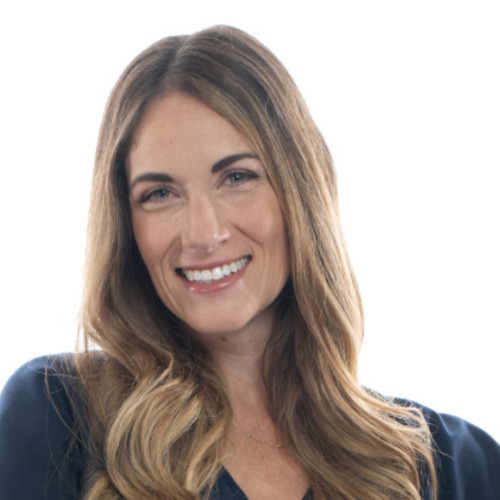


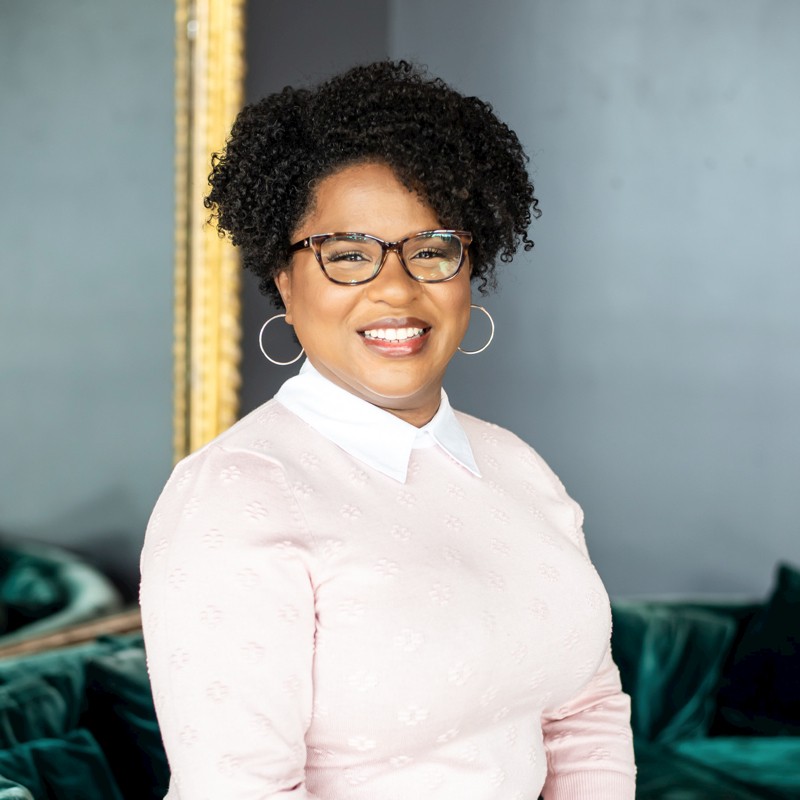

Jessica Horwitz, Elizabeth Poynor, Erin Duralde, Erika Seth Davies, Janet Choi
19 Oct 2025 | 2:55 PM - 3:35 PM
Logos StagePower of Balance
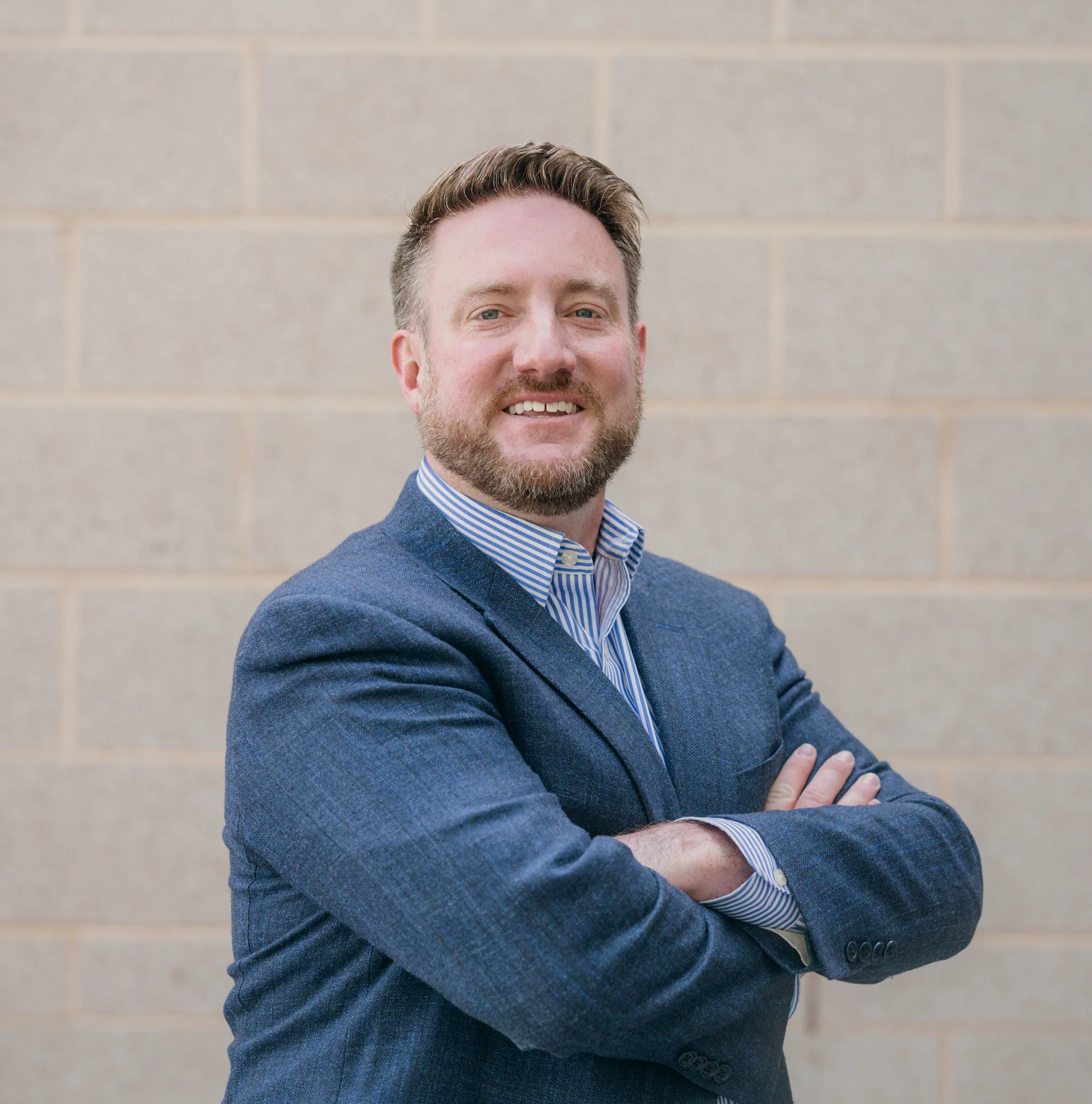

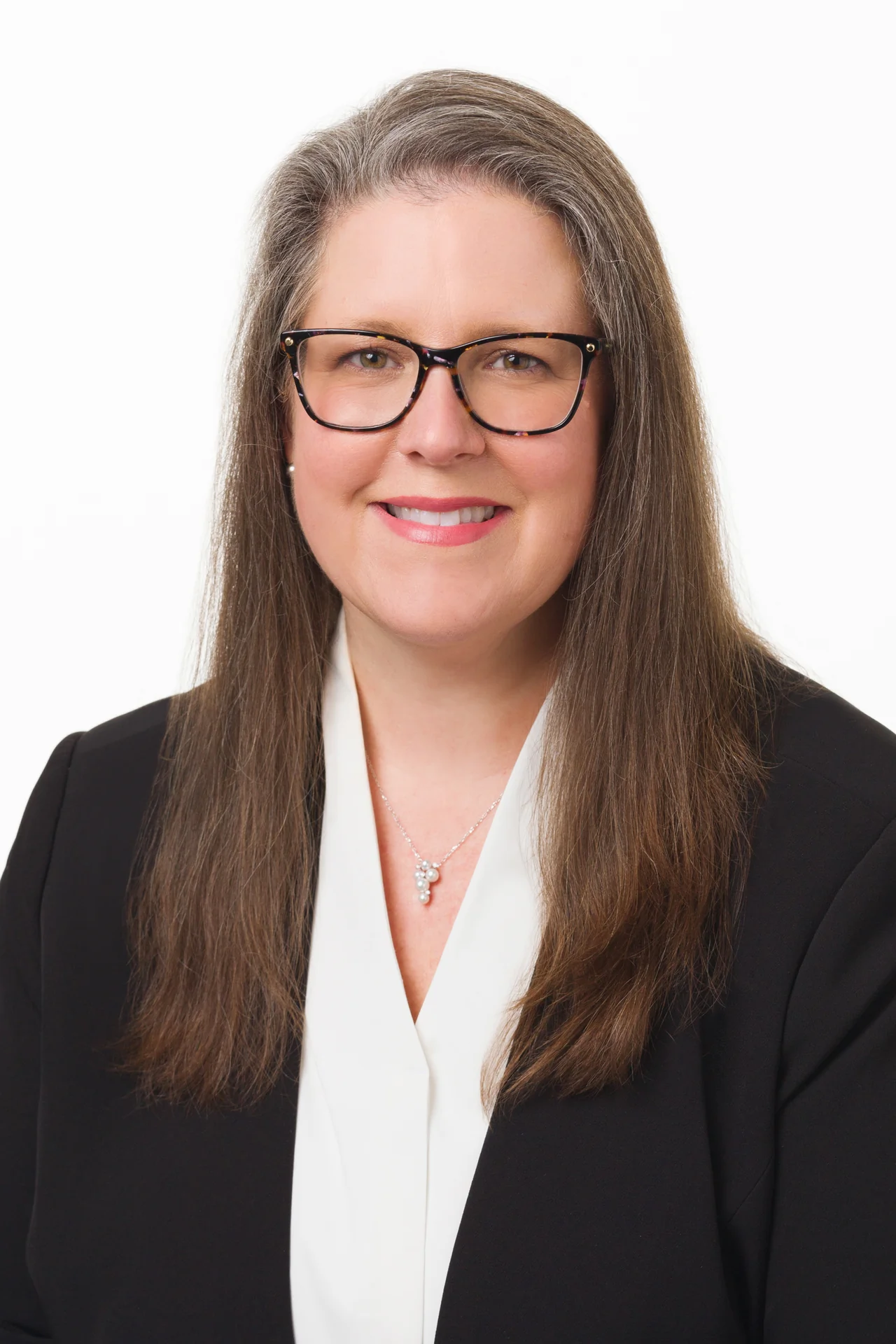


Edward Likovich, Amanda Rees, Amy Hester, Grace Vinton, Timothy Puri
19 Oct 2025 | 3:15 PM - 3:55 PM
Payer & Provider InsightsThe Payment Revolution: Streamlining Healthcare Operations




Nick Zafirson, Yusuf Qasim, Sarah Ahmad, Clyde Watkins
19 Oct 2025 | 3:30 PM - 4:10 PM
Nurse & Clinician InsightsNurses Driving the Next Wave of Health Innovation
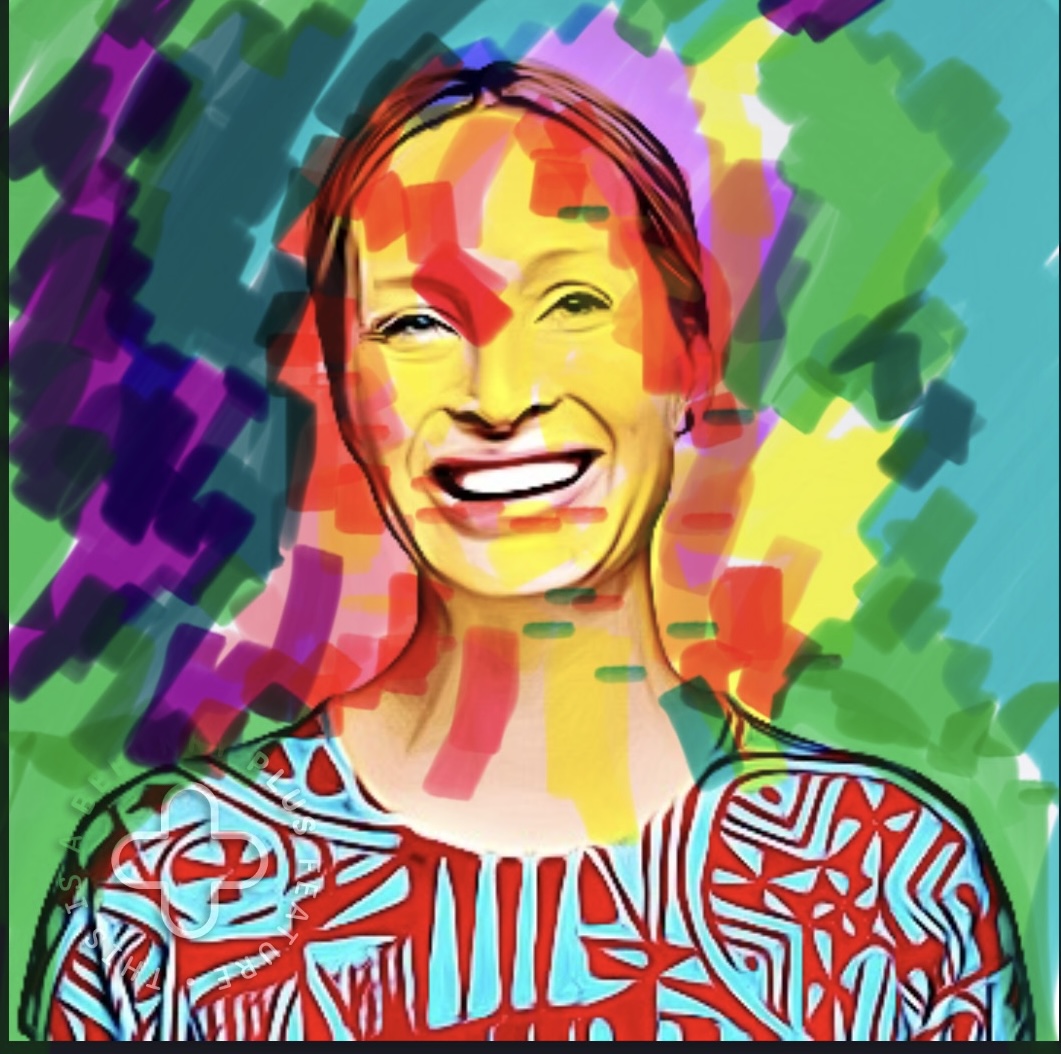
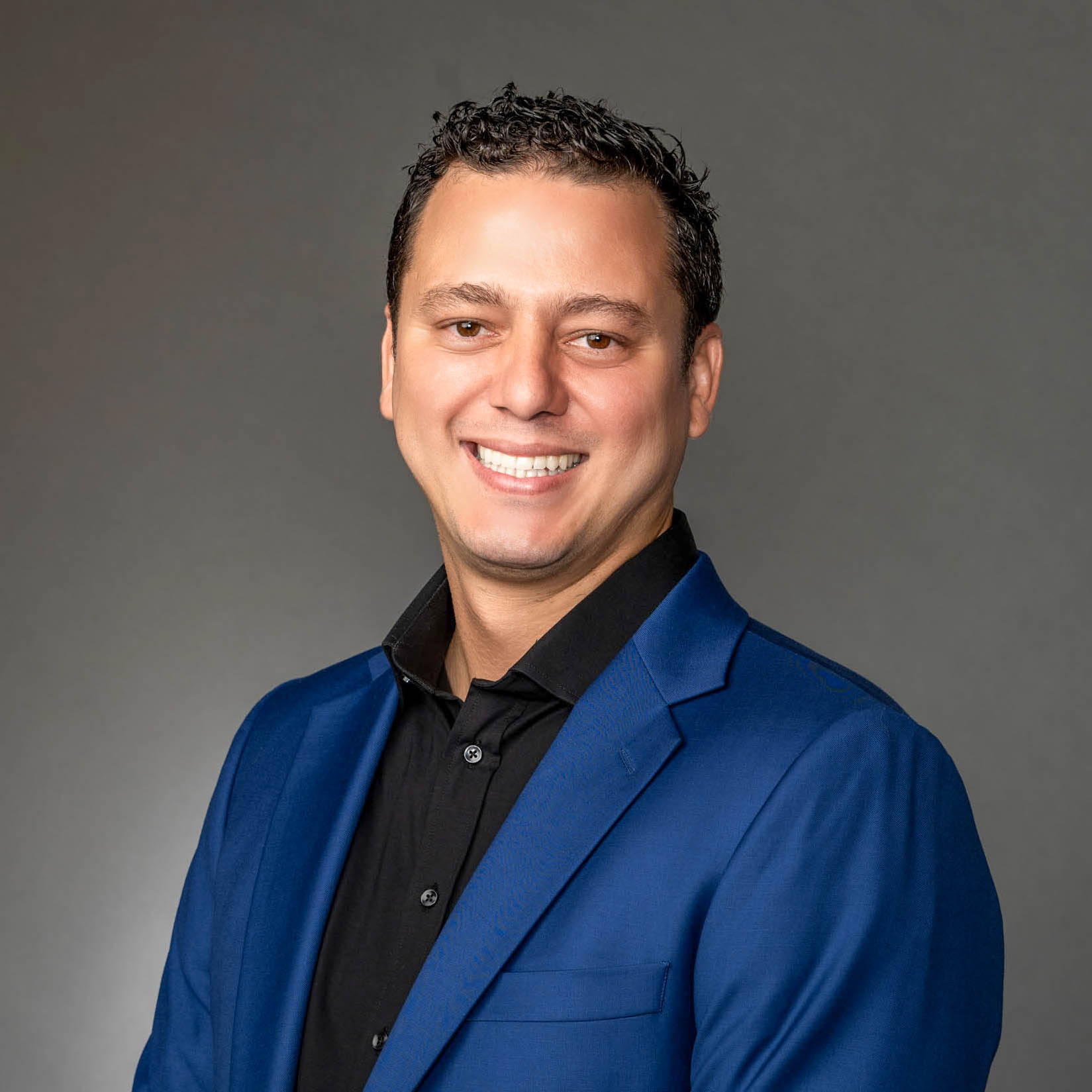

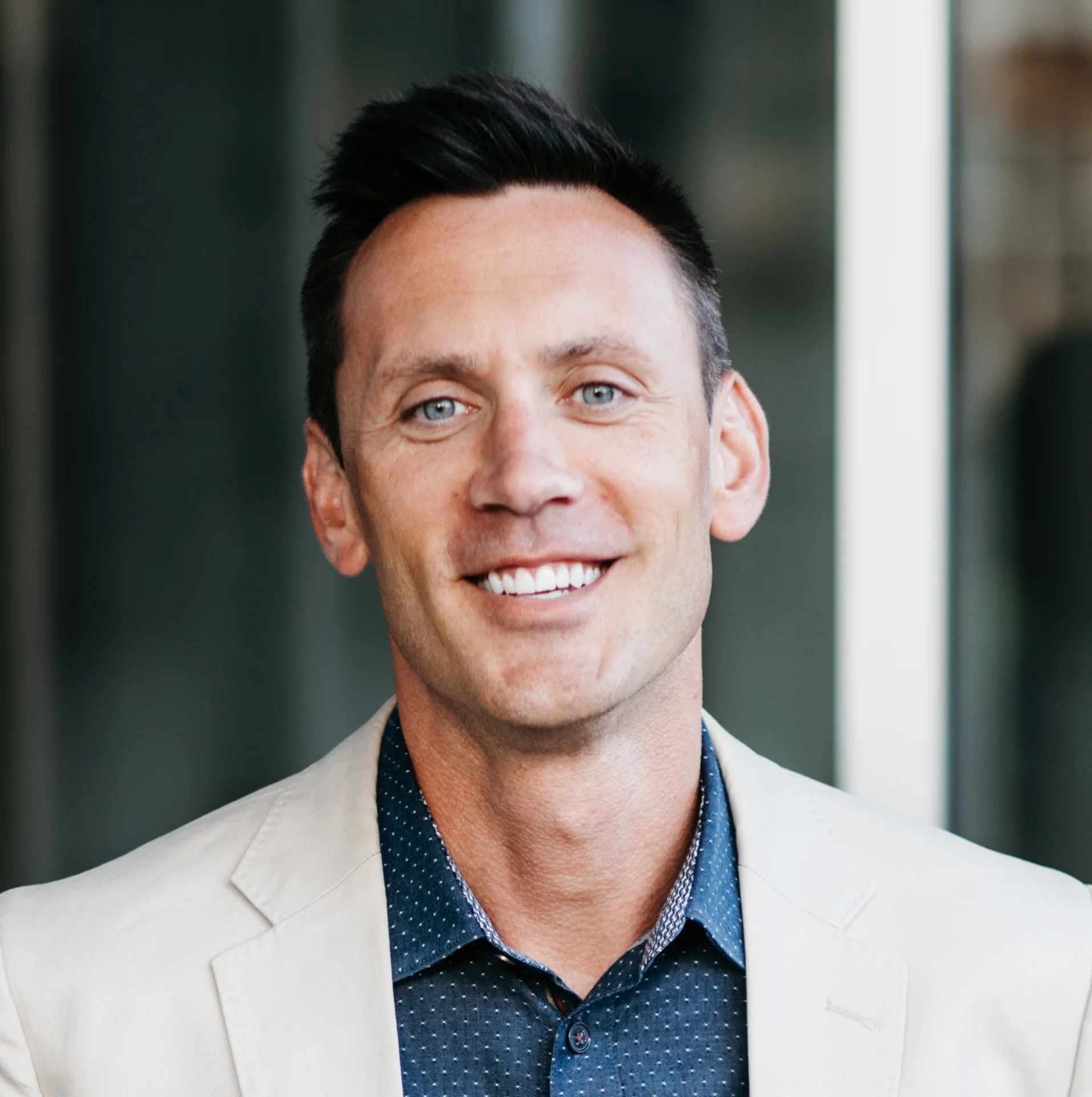
Rebecca Love, Nelson Hurtado, Jessica Sylvester, Josh Robinson
19 Oct 2025 | 3:40 PM - 4:00 PM
Ethos StageCurbing the Cancer Trend


Leana Wen, Peter Pisters
19 Oct 2025 | 3:40 PM - 4:00 PM
Eros StageClosing Remarks: Connecticut's Promising GLP-1 Future
Matthew Lesser
19 Oct 2025 | 4:15 PM - 4:30 PM
Mount OlympusHLTH Opening Remarks


Jody Tropeano Greene, Jon Weiner
19 Oct 2025 | 4:30 PM - 5:05 PM
Mount OlympusCancer Changes Lives, Clinical Trials Can Change Cancer
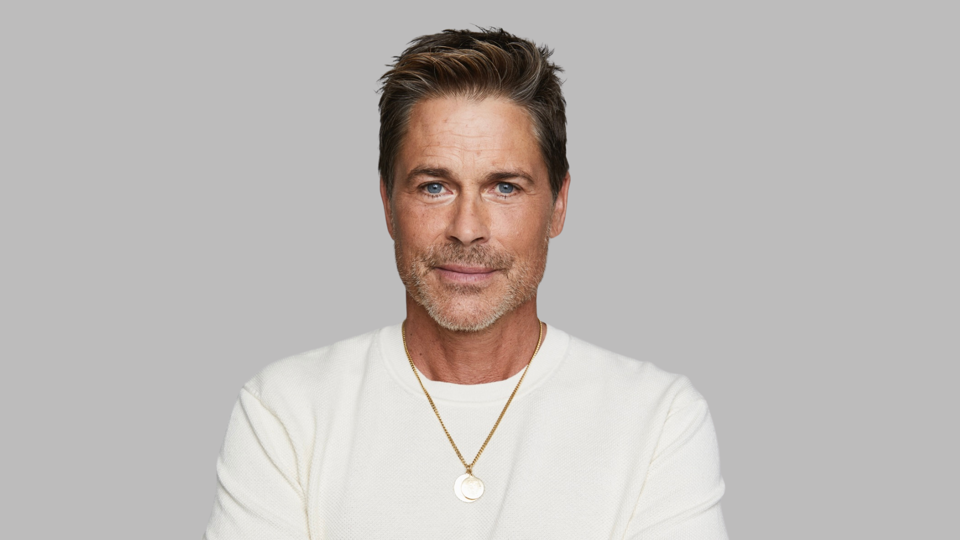
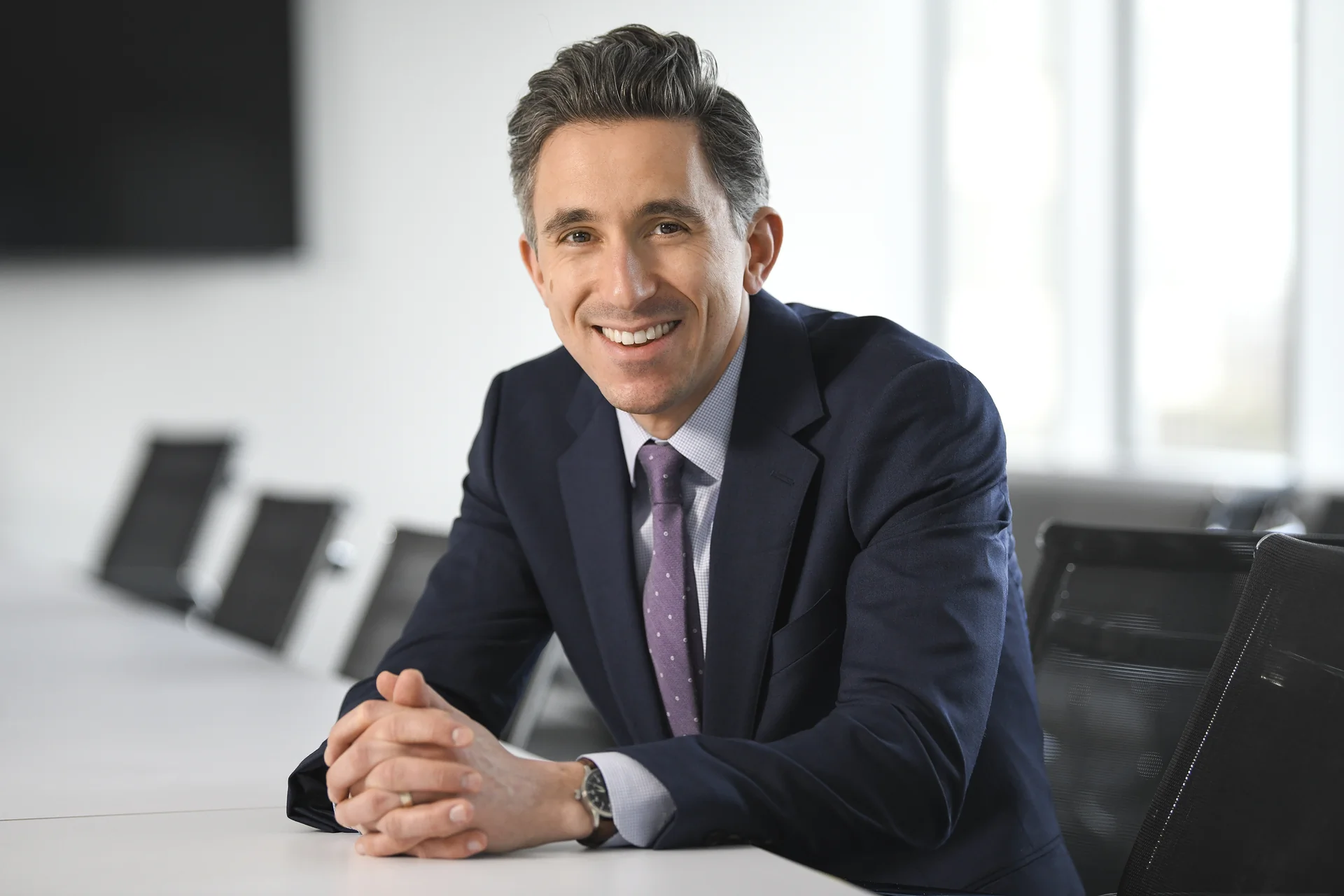
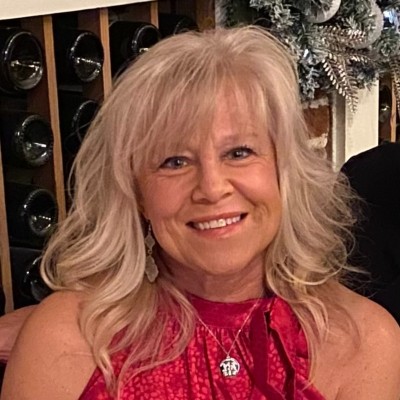
Rob Lowe, Jacob Van Naarden, Alicia Dellario
19 Oct 2025 | 5:05 PM - 5:40 PM
Mount OlympusHow Not to Accept the Status Quo: A Conversation with Mark Cuban

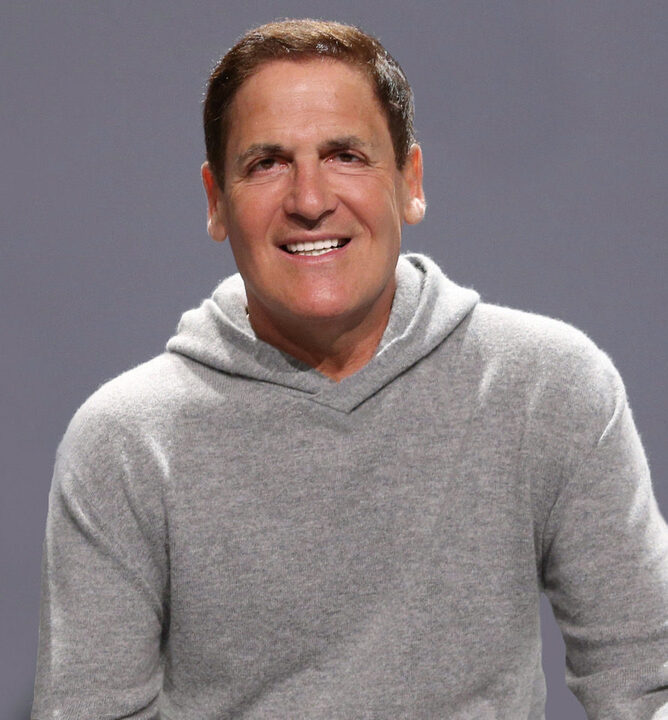
Zach Stafford, Mark Cuban

Power of Balance

Keep exploring for FREE!
Create a free account or log in to unlock content, event past recordings and more!
Speakers:

















